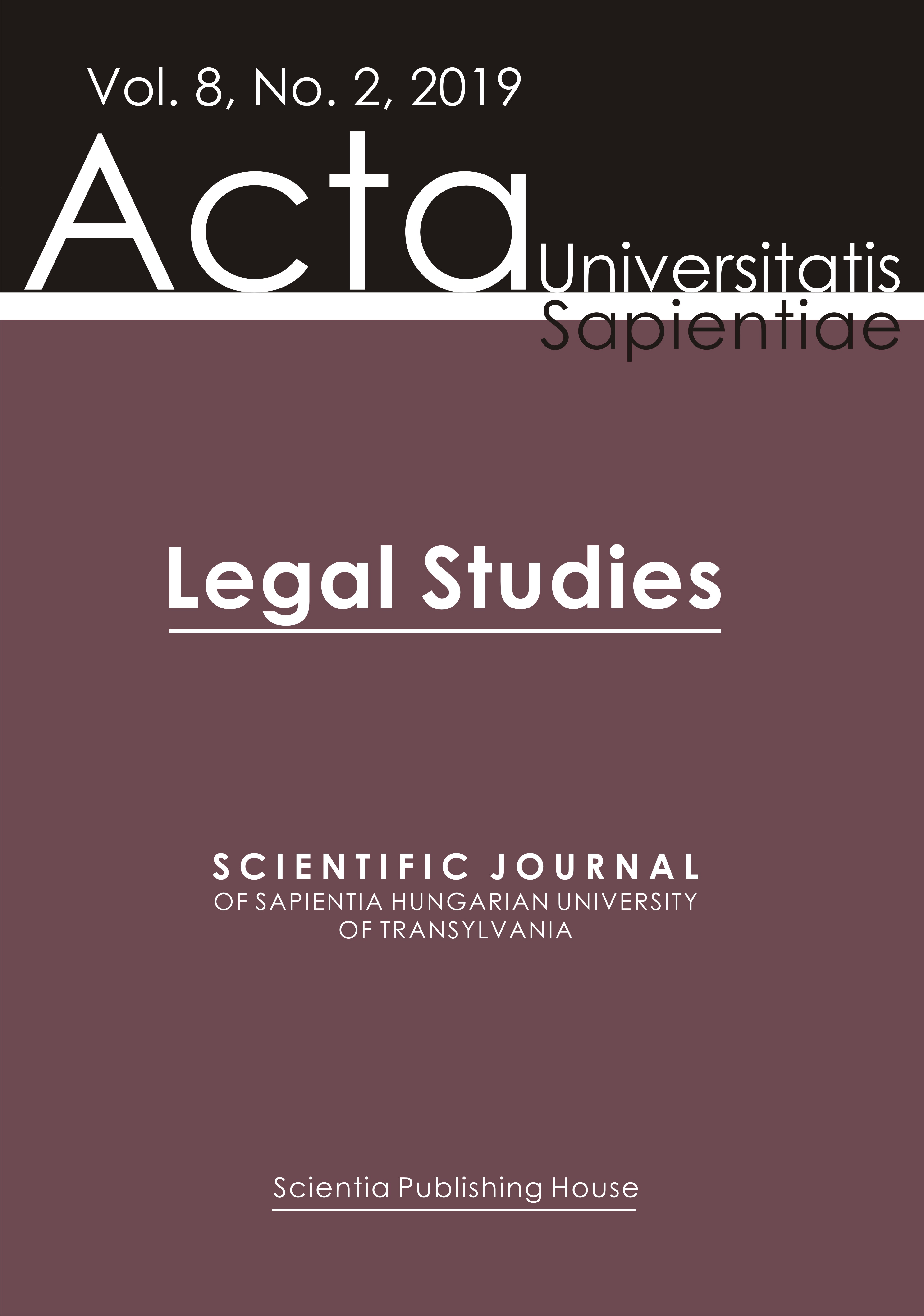Liability for Intelligent Robots from the Viewpoint of the Strict Liability Rule of the Hungarian Civil Code
Liability for Intelligent Robots from the Viewpoint of the Strict Liability Rule of the Hungarian Civil Code
Author(s): Réka PusztahelyiSubject(s): Law, Constitution, Jurisprudence, Civil Law
Published by: Scientia Kiadó
Keywords: strict liability; dangerous activity; artificial intelligence; extra-contractual liability; capacity of operator; Hungarian Civil Code;
Summary/Abstract: The European Parliament resolution of 16 February 2017 on Civil Law Rules on Robotics proposed that the strict liability and the risk management approach are alternative legal instruments to achieve the goals set out by this instrument. The evolution of strict liability is parallel with technological change; our question here is whether the elaborated rules are appropriate for managing new problems. For establishing accountability, the question arises: who is to be held liable for damages and based on which form of liability? Setting aside the issues of product liability and setting aside the independent liability of the most sophisticated autonomous robots having ‘electronic personality’, this essay concentrates on liability questions of the user, and it examines the strict liability rules instituted by the Hungarian Civil Code and their application in practice. According to the results of our previous research, the judicial practice regarding the general clause of liability for dangerous activity (Section 6:535. HCC) is quite flexible and covers the liability issues of damage caused by artificial intelligence. We observed also that the criterion ‘dangerous’ means less and less risk of damage within normal circumstances, and this statement of fact in practice also successfully competes with other strict liability rules (i.e. product liability for malfunctioning medical devices, liability for dangerous animals, etc.). The capacity of the ‘keeper’ or ‘operator’ of the robot and the emerging new types of risks are also touched upon.
Journal: Acta Universitatis Sapientiae, Legal Studies
- Issue Year: 8/2019
- Issue No: 2
- Page Range: 213-230
- Page Count: 18
- Language: English

